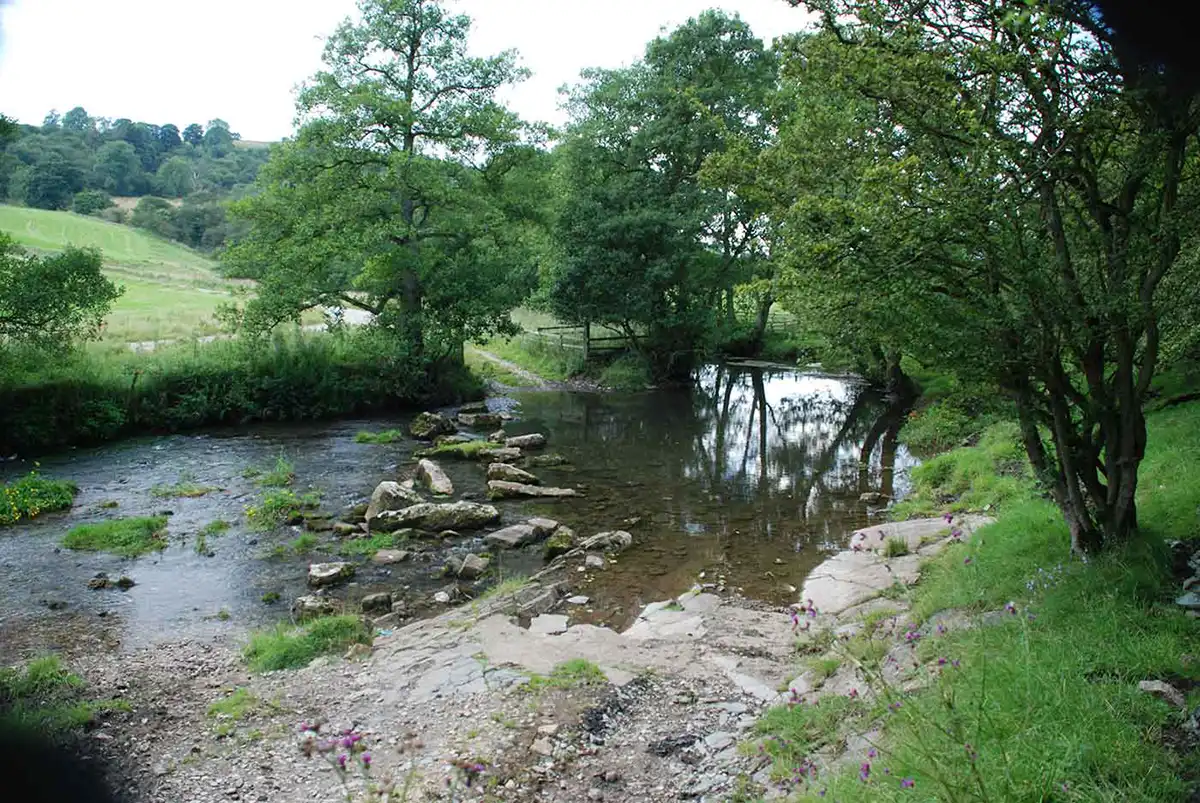A popular assumption is that the Peak District gets its name from the hills in the area. After all, situated at the southern edge of the Pennine Way which begins in the popular Peak Park village of Edale, stretching over gritstone rock formations and dramatic edges there are plenty of hills, the reason for the name seems obvious. Whilst not completely incorrect, the answer is not so straightforward.
Whilst there are certainly plenty of hills, tors and edges, one thing is missing from the Peak District – peaks! The Peak District’s only summits which qualify as mountains are Kinder Scout and Bleaklow – both of which are large, flat moorland plateaus, lacking the dramatic peaks that usually come to mind when one imagines a mountain range. So, if it wasn’t named the Peak District for the hills when the first national park in the UK was created in April 1951 – Why is it called that at all?
It’s Not “The Peaks”
It’s common to hear people refer to The Peak District as “The Peaks”. For example “I’m heading off into the peaks for a walk”. Or “I had a lovely walk in the peaks”. But, aside for a couple of notably “pointy bits” such as Win Hill, Shuttlingsloe and Chrome Hill, the name doesn’t really ring true. Why then, “The Peak District?”
An Anglo-Saxon History
For the answer as to how this favourite National Park got its name, we need to look back to the time of the Vikings and Anglo-Saxons, following the fall of Roman rule in Britain. As Britain was divided into four separate kingdoms, the land we know as the Peak District sat within Mercia.
The Pecsaetna Peak Dwellers
Early Anglo-Saxon settlers made their way north along the River Derwent and River Dove to settle in the hills south of the Pennines which had previously been inhabited by Celtic tribes, much of the area having been previously vacated as a result of a series of famines and plagues.

The tribe became known as Peaklanders or the Pecsaetan (also referred to as Pecsaetna) [“Peak Sitters”], farming, mining and hunting the area. Accomplished in craftworks too, the Pecsaetna territories grew to perhaps hold some influence with the Mercian King Beorhtwulf’s Court, and Repton Abbey in Repton, South Derbyshire, being the burial place of the Mercian Kings, Æthelbald and Wiglaf.
The crypt remains below the later built St. Wystan’s Church in the village.

This was the way of the Paec land for some 600 or so years until the Norman invasion which saw the Saxons defeated and Norman castles built on the land of varying scales. One of the best-known and most visited of the castles is Peveril Castle overlooking Castleton – less grand motte and bailey castles were established, sites and earthworks of which can be seen at locations such as Pilsbury Castle near Hartington
Other earthworks and mounds hark back to the Paec era, the land shaped over the period with defensive and symbolic mounds and dykes, although nothing so grand as Offa’s Dyke which separated Anglian Mercia from Welsh Powys
As for the naming of the Peak District National Park, it’s not totally untrue that the name comes from the hills. The Pacsaetan were so called as Peak Dwellers or Peakrills due to the nature of the terrain. But like many other things in this historic landscape, the roots of the name hold much more interest and mystery much of which is lost to time.